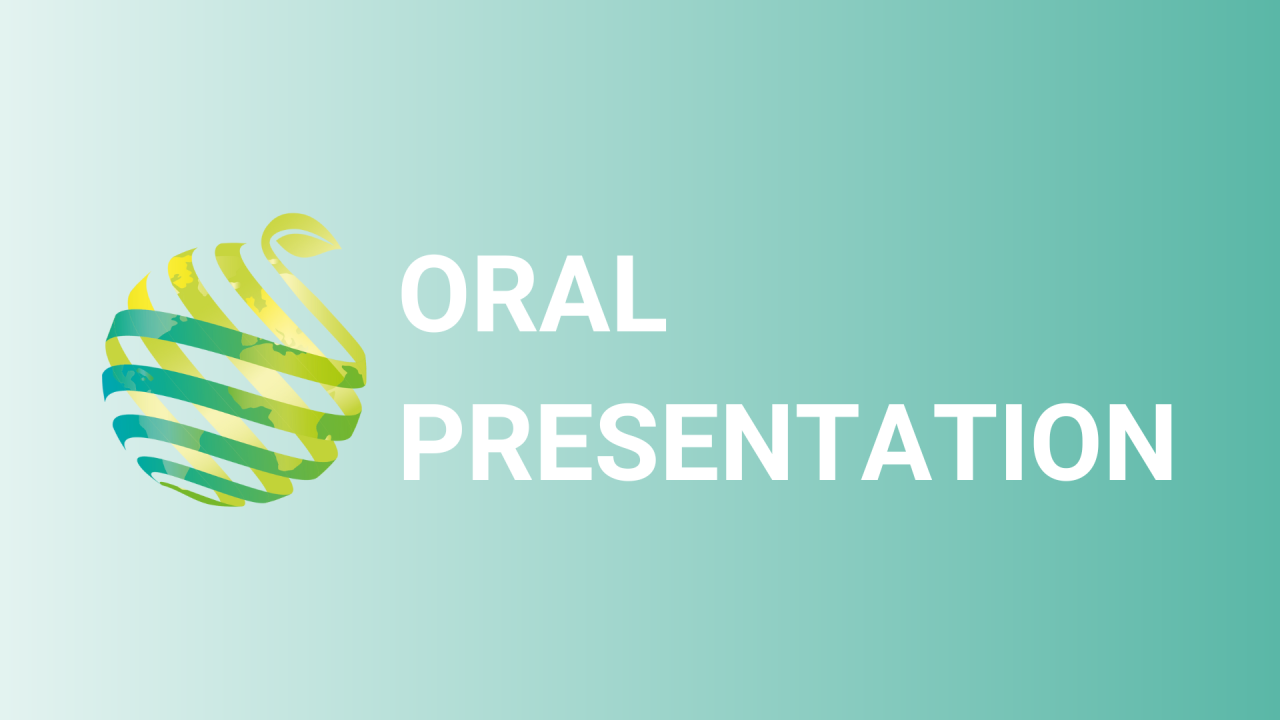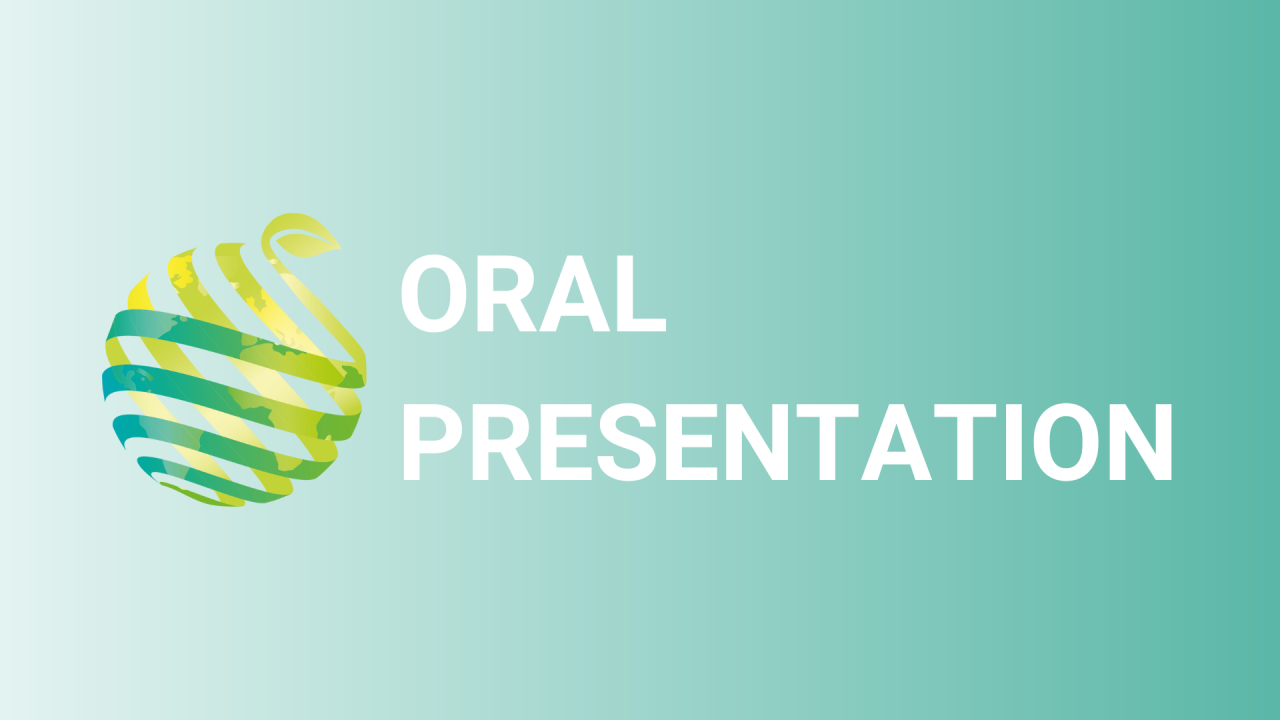

S18 - Session O2 - Deep learning-based open set domain adaptation for plant disease recognition across multiple greenhouse environments
Information
Authors: Alvaro Fuentes *, Sook Yoon, Jaehwan Lee, Taehyun Kim, Dong Sun Park
Plant diseases and pests are responsible for causing significant losses to farmers and threatening food security worldwide. Monitoring the growing conditions of crops and detecting plant diseases is critical for sustainable agriculture. Recent advances in plant diseases recognition based on deep learning techniques have demonstrated the potential to provide appropriate environmentally friendly monitoring. These systems can reliably distinguish plant anomalies, primarily using images as the source of information. However, existing approaches make a closed-set assumption and perform supervised domain adaptation. This assumption is challenging in real applications where the target domain contains multiple data, but only a small part belongs to the classes of interest. In practice, much of this information is novel to the system and is often associated with one of the source categories, leading to wrong predictions during inference. Therefore, in this article, we propose an open-set domain adaptation-based approach to the task of plant disease recognition to allow existing systems to operate in new environments with new conditions and variations. Our system explicitly addresses diagnostics as an open-set learning problem. It works primarily in the source and target domains, exploiting an accurate estimate of unknown data while maintaining the performance of known classes. The proposed architecture consists of two modules based on deep learning that perform bounding box detection and open set domain adaptation. The detector fulfills the function of detecting the regions with probable diseases through bounding boxes and enforces domain adaptation from the source to the target domain by leading data to be classified as one of the target classes or labeled as unknown otherwise. To validate the performance of the proposed method, we use our database of images of tomato diseases and insects obtained from three-domain farms showing different infrastructure, control techniques, and lighting environments. Experimental results indicate that our method can efficiently address changes in new farm environments during field testing and observe consistent gains from explicit modeling of unseen data.